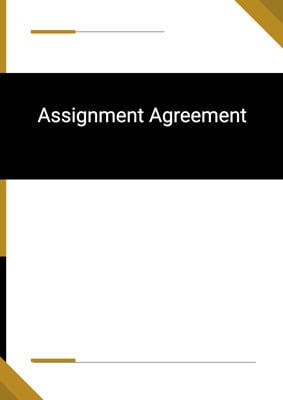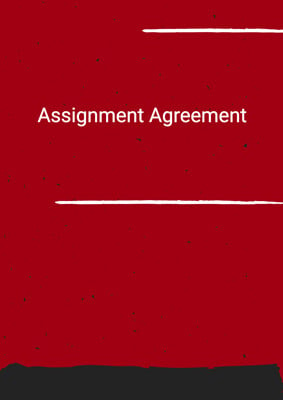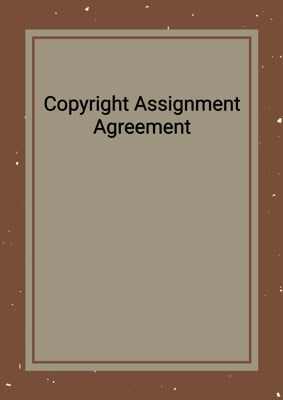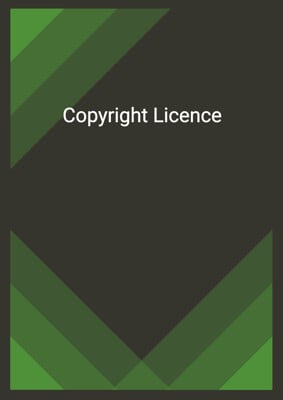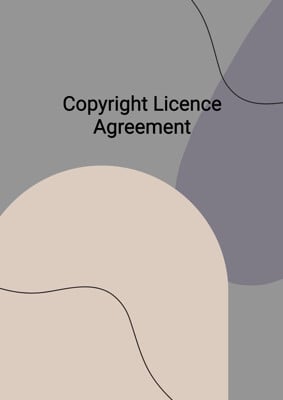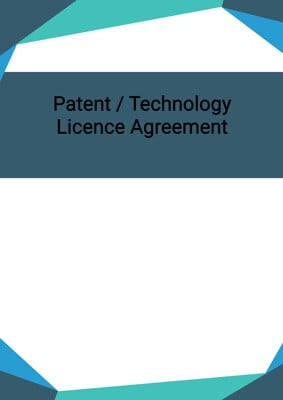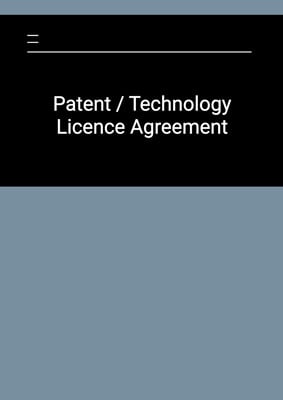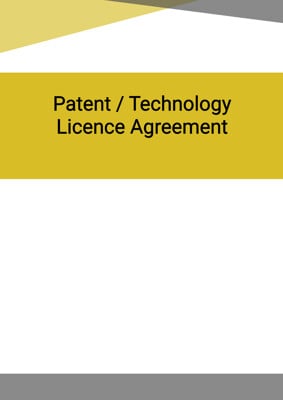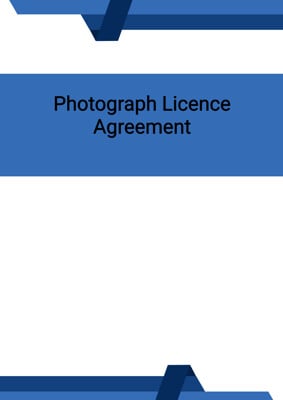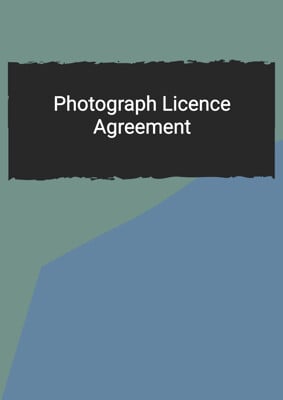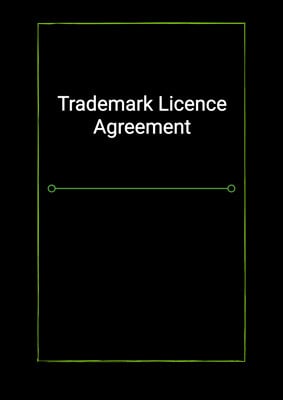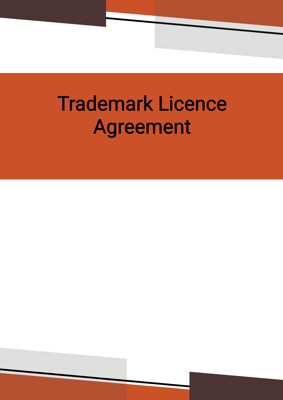How to Tailor the Document for Your Need?
01
Create Document
Fill in the details of the parties. You can click the "Fill with Member’s Information" button to complete it with information saved to your account.
02
Fill Information
Please fill in any additional information by following the step-by-step guide on the left hand side of the preview document and click the "Next" button.
03
Get Document
When you are done, click the "Get Document" button and you can download the document in Word or PDF format.
04
Review Document
Please get all parties to review the document carefully and make any final modifications to ensure that the details are correct before signing the document.
Document Preview
Document Description
The Licence Agreement is a legal document that outlines the terms and conditions for granting a license to use the licensed property. It is important because it establishes the rights and obligations of both parties involved, namely the licensor and the licensee.
The entire document is divided into several sections, each serving a specific purpose. The first section is the introduction, which provides a brief overview of the agreement and the parties involved. It states that the licensor owns the intellectual property rights in the licensed products, and the licensee wishes to obtain a license to use the licensed property. The licensor has agreed to grant a license to the licensee on the terms and conditions set out in the agreement.
The second section is the definitions section, which clarifies the meanings of certain expressions used throughout the agreement. It defines terms such as commencement date, licensed products, purpose, schedule, term, and territory.
The third section is the interpretation section, which explains how the agreement should be interpreted. It states that the clause headings are for ease of reference only and do not affect the interpretation or construction of the agreement. It also clarifies that any reference to an enactment includes reference to it as already amended and includes any future re-enactment or amendment of it.
The fourth section is the grant of license section, which specifies the terms of the license granted by the licensor to the licensee. It states that the licensor grants the licensee either an exclusive or non-exclusive license to use the licensed property, depending on the agreement. The license is granted for the purpose specified in schedule 1 and is limited to the territory specified in the agreement.
The fifth section is the conditions of use section, which outlines the obligations of the licensee in using the licensed property. It states that the licensee must use the licensed property only for the purpose specified in schedule 1 and must comply with any statutory or regulatory requirements applicable in the territory. The licensee is prohibited from distributing, selling, licensing, or sub-licensing the licensed property to a third party. The licensee must also use the licensed property in the form stipulated by the licensor and must not alter it without permission.
The sixth section is the payment section, which specifies the payment terms between the licensor and the licensee. It states that the licensee must pay a one-time fee specified in schedule 1 upon the execution of the agreement. The fee must be paid within 7 days from the date of the agreement, and any applicable taxes or withholding tax must also be paid. The payment must be made in currency by banker's draft or certified cheque.
The seventh section is the warranty and indemnity section, which sets out the warranties and indemnities provided by both parties. The licensee agrees to exercise reasonable skill, care, and diligence in performing the agreement and indemnifies the licensor from any liabilities incurred. The licensor warrants that it is the exclusive owner of the licensed property, that the licensed property does not infringe any rights of third parties, and that it is not aware of any claims of infringement. Both parties agree to indemnify each other for any claims arising from their acts or omissions.
The eighth section is the ownership section, which establishes the ownership rights of the licensor in the licensed property. The licensee acknowledges that the licensor is the sole and exclusive owner of the licensed property and agrees not to prejudice the licensor's title. The licensee must include in its advertisements and media statements that the licensor is the owner of the licensed property.
The ninth section is the assignment and other dealings section, which allows the parties to assign or transfer their rights and obligations under the agreement. The licensor has the right to assign, transfer, or charge its rights and obligations, and the licensee is also entitled to assign or deal with its rights and obligations.
The tenth section is the duration of agreement section, which specifies the duration of the agreement. It depends on whether the term is fixed, continuing, or renewable. The agreement may terminate by giving notice or in case of a material breach by either party.
The eleventh section is the resolving disputes section, which provides a mechanism for resolving any disagreements between the parties. They must first try to resolve the disagreement amicably and in good faith. If resolution does not occur, they may appoint a mediator or independent expert to resolve the dispute.
The twelfth section is the severability section, which states that each provision of the agreement is severable. If any provision becomes illegal, invalid, or unenforceable, it will be deemed deleted from the agreement, but the parties may negotiate to amend or modify the agreement if necessary.
The thirteenth section is the waivers and amendments section, which clarifies that no failure or delay by the licensor in exercising its rights under the agreement shall operate as a waiver of those rights. The rights and remedies provided in the agreement are cumulative and not exclusive. Any amendments or waivers to the agreement must be in writing and agreed upon by both parties.
The fourteenth section is the entire agreement section, which states that the agreement contains the entire agreement between the parties regarding the subject matter and supersedes any other agreements.
The fifteenth section is the governing law and jurisdiction section, which specifies the governing law and jurisdiction for any disputes arising from the agreement. The parties agree to use all reasonable endeavors to resolve disputes amicably, but if necessary, the courts of the specified jurisdiction will have exclusive jurisdiction over any disputes.
In conclusion, the Licence Agreement is a comprehensive document that outlines the terms and conditions for granting a license to use the licensed property. It covers various aspects such as the grant of license, conditions of use, payment, warranty and indemnity, ownership, assignment and other dealings, duration of agreement, resolving disputes, severability, waivers and amendments, entire agreement, and governing law and jurisdiction.
How to use this document?
1. Read the entire Licence Agreement carefully to understand its importance and the rights and obligations of both parties involved.
2. Pay attention to the introduction section, which provides a brief overview of the agreement and the parties involved.
3. Familiarize yourself with the definitions section to understand the meanings of certain expressions used throughout the agreement.
4. Understand the grant of license section, which specifies the terms of the license granted by the licensor to the licensee. Determine whether the license is exclusive or non-exclusive and the purpose and territory for which the license is granted.
5. Review the conditions of use section to understand the obligations of the licensee in using the licensed property. Ensure compliance with statutory and regulatory requirements and restrictions on distribution, sale, licensing, and alteration of the licensed property.
6. Take note of the payment section, including the one-time fee and the deadline for payment. Consider any applicable taxes or withholding tax.
7. Pay attention to the warranty and indemnity section, which outlines the warranties and indemnities provided by both parties. Understand the licensee's obligations to exercise reasonable skill, care, and diligence and the licensor's warranties regarding ownership and infringement.
8. Understand the ownership section, which establishes the licensor's ownership rights in the licensed property. Acknowledge the licensor's exclusive ownership and the licensee's obligation to include the licensor's ownership in advertisements and media statements.
9. Review the assignment and other dealings section to understand the parties' rights to assign or transfer their rights and obligations under the agreement.
10. Determine the duration of the agreement based on the fixed term, continuing term, or renewable term. Take note of the termination provisions.
11. Familiarize yourself with the resolving disputes section and the mechanism for resolving disagreements between the parties. Consider the option of appointing a mediator or independent expert if necessary.
12. Understand the severability section and the consequences of any provision becoming illegal, invalid, or unenforceable.
13. Take note of the waivers and amendments section and the requirements for any amendments or waivers to the agreement.
14. Consider the entire agreement section, which confirms that the agreement contains the entire agreement between the parties and supersedes any other agreements.
15. Understand the governing law and jurisdiction section, including the governing law and the jurisdiction for any disputes. Be aware of the exclusive jurisdiction of the specified courts.
It is important to consult with legal professionals for specific advice and guidance tailored to your situation and jurisdiction.

